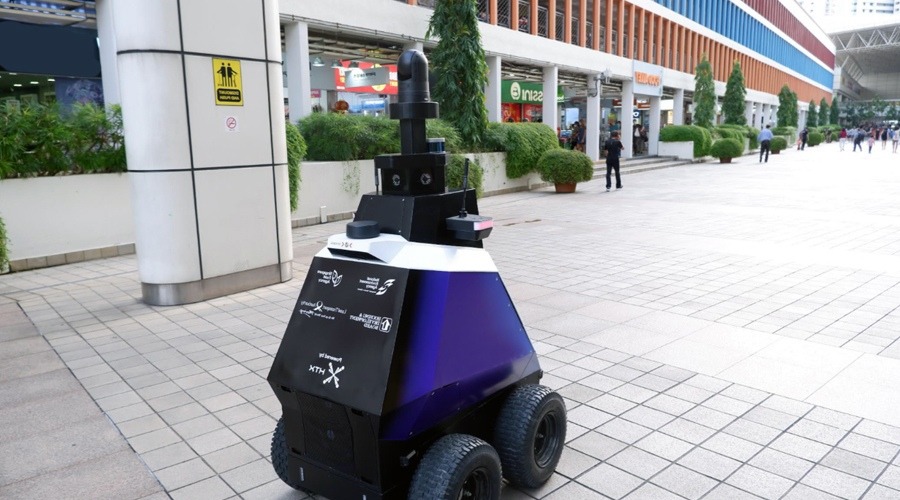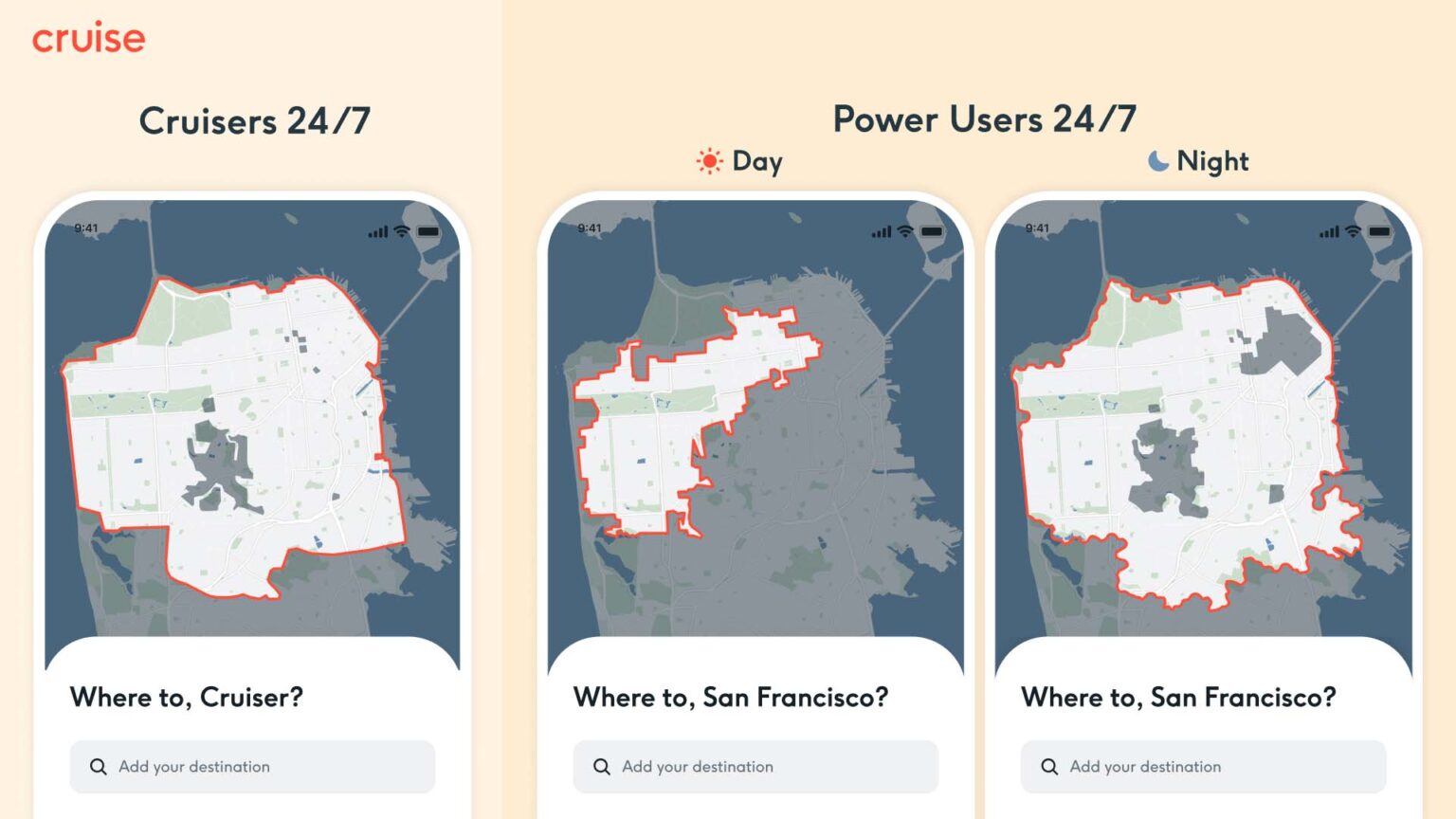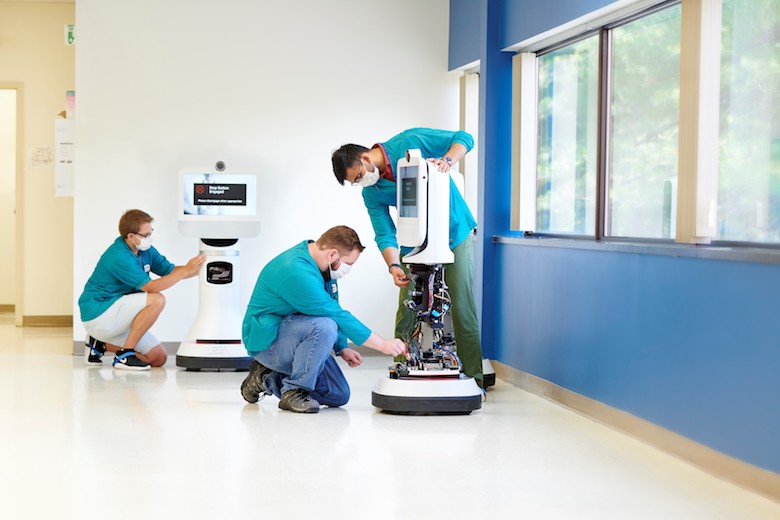Imagine riding a mechanical horse powered by hydrogen that can climb mountains and cross rocky terrain. That's exactly what Kawasaki Heavy Industries unveiled last month with their new creation called CORLEO.
What is CORLEO?
CORLEO is a robotic horse that people can actually ride. Unlike cars or motorcycles that use wheels, this machine walks on four legs like a real animal. It was revealed on April 4 at the Osaka Kansai Expo in Japan.
The robot can carry two people and is designed to move across rough landscapes that would be impossible for regular vehicles. According to Kawasaki, riders can control CORLEO using their body movements, creating what the company calls a "reassuring sense of unity" between human and machine.
How Does It Work?
The robot horse combines nature-inspired design with modern technology:
- Its legs are modeled after wolves and horses, with joints that bend similar to real animals
- The hooves are split (like a goat's) to grip different surfaces
- Its rear legs can move independently to absorb shock on bumpy terrain
- It's powered by a 150cc hydrogen generator that produces electricity
- Instead of harmful exhaust, it only releases water vapor
CORLEO includes a display showing fuel levels and navigation information. It can even project light markers onto the ground at night to help with visibility.
Mixed Reactions
Not everyone is convinced CORLEO will become reality. While some people are excited about the possibilities—especially those with disabilities who see it as a way to access outdoor areas—others are skeptical.
Critics point out that the impressive promotional videos mostly use computer-generated imagery (CGI), not actual footage of a working robot. When shown at the expo, the prototype could barely stand on its own, let alone perform the amazing movements shown in videos.
A Far-Off Future
Kawasaki isn't claiming CORLEO will be available anytime soon. They've labeled it a "2050 concept," meaning it could be 25 years before anything like this might be commercially available.
This timeline raises questions about whether the necessary hydrogen fueling infrastructure will even exist by then. While other companies like Xiaopeng have created smaller rideable robot animals, none have achieved what Kawasaki is promising with CORLEO.
Beyond Robot Horses
At the same expo, Kawasaki also showcased their ALICE modular train system, suggesting the company is exploring multiple transportation options for the future.
For now, CORLEO remains more of a fascinating "what if" than a practical transportation solution. While the idea of riding a hydrogen-powered robot horse across mountains is certainly exciting, we'll have to wait and see if this vision ever gallops from science fiction into reality.


















